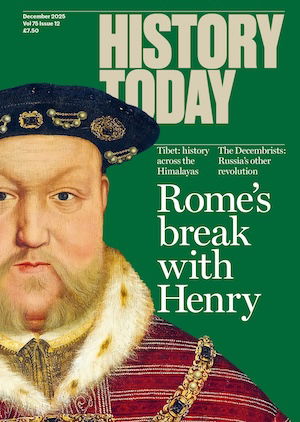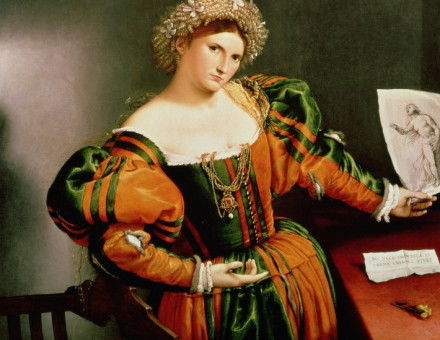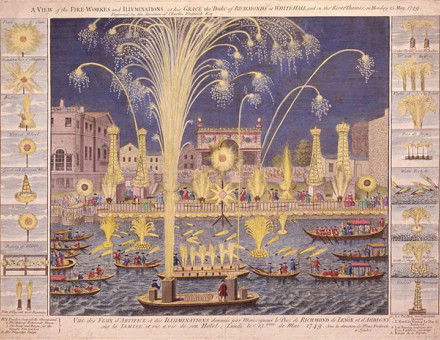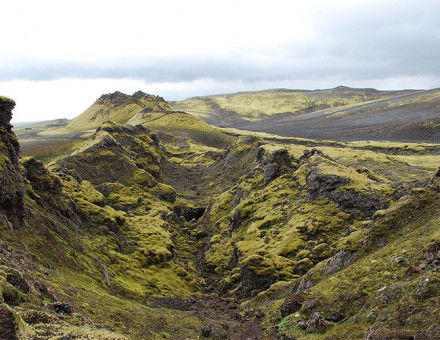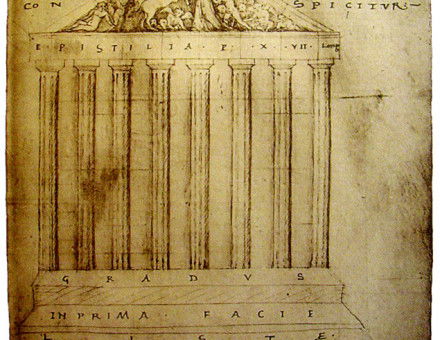Otto III: An Imperial Ideal
During the disturbed tenth century in Western Europe, royal power held its ground and extended its authority only in Germany-whence the Emperor Otto III sallied into Italy with the purpose of reviving Roman classical tradition and combining it with the dream of a Christian Commonwealth under imperial aegis. By J.B. Morrall.

